Outage Text Alerts
Get up-to-date information via text about an outage affecting you, as well as report an outage with a text. We will send you status updates and estimated restoration times as they become available, or you can request them yourself.


What happens if there’s not enough electricity?
It’s a question we’ve pondered before and a hypothetical scenario we’ve always been prepared for, but recently the possibility of running short is closer to reality than it ever was in the past.
If supply can’t keep up with demand, the regional grid operator may require electric utilities across the state to begin controlled outages, also known as rolling blackouts.
We don’t necessarily expect it to happen, but as we receive an increasing number of warnings about record demand, we’re making sure our response plan is ready to go if it does.

